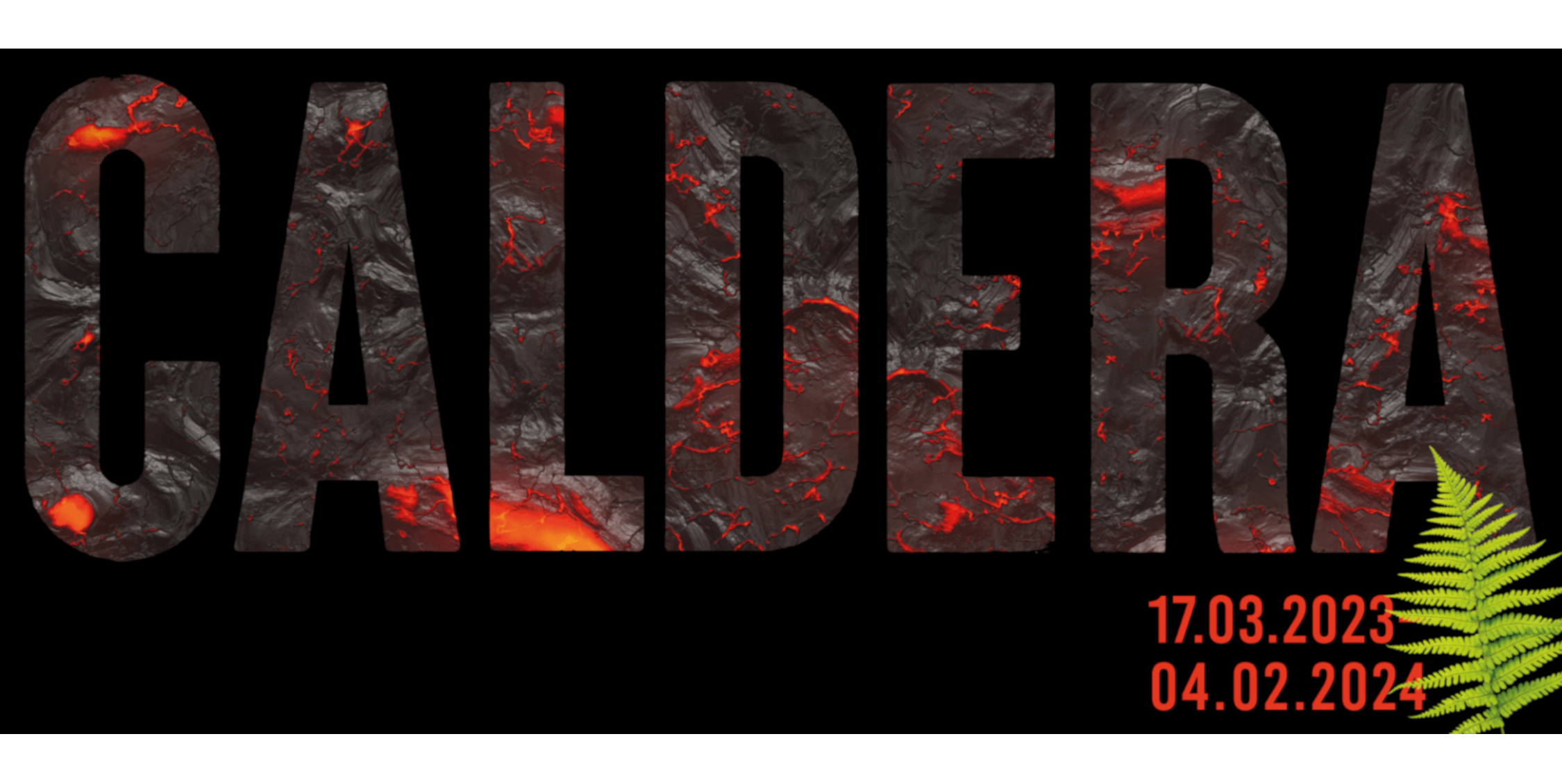Some 70 kilometres, from Merano to Trento – this is the size of the Permian mega-caldera whose centre-point was in Bolzano… about 280 million years ago. And this is where, on 17 March, the South Tyrol Museum of Natural Sciences set up a temporary exhibition with fossils, animal models and a simulation of the supervolcano that shaped the Atesino Volcanic Group. The exhibition will run until 4 February 2024.

Explosions over 12 million years
We talked about it with one of the curators of the exhibition, palaeontologist and palaeobotanist Evelyn Kustatscher, curator of the South Tyrol Museum of Natural Sciences.
What is the Atesino Volcanic Group and what should visitors to the exhibition expect?
“The Atesino Volcanic Group is a succession of volcanic rocks produced by the supervolcano of Bolzano – a volcano of exceptional size, whose margins are located in Merano and Trento, respectively. Two of its eruptions are among the largest in the history of the Earth in terms of the volume of volcanic rock produced. These eruptions took place about 280 million years ago and, for about 12 million years, small volcanoes alternated with enormous calderas (bowls formed by the collapse of the magma chamber), always with very explosive volcanic phenomena, similar to that of Vesuvius and with phases of quiescence. The exhibition offers an exciting simulation of 12 million years of volcanic activity and the ecosystems that formed between the eruptions. Visitors to the exhibition can expect to discover a fascinating and surprising world, very different from the one we know today! What’s more, the exhibition also opens our eyes to the world of porphyry – how it is used in buildings today and how it influences Bolzano’s microclimate”.
“… The Dolomites would not be the way they are”
Does it have to do with the history of the Dolomites, or the geomorphology and lithology of the different areas that make up the World Heritage Site?
“Yes, this event exerts a great influence on the beauty of the various areas that make up the World Heritage Site. The Bolzano Supervolcano has Bolzano as its centre-point but extends well below the Dolomites. In some areas, such as the Weißhorn, the Bletterbach gorge, Eggental and parts of Val Gardena, volcanic rocks outcrop and influence the landscape not only with their dark colour, but also in the way they break, giving rise to narrow gorges with vertical walls. You might even say that, without this bed of volcanic rock that is very resistant to compression, the Dolomites would have remained completely or nearly untouched by the Alpine orogeny. Without these volcanic rocks, which are up to 2,000 metres thick, the Dolomites might not have come to be the majestic mountains that we see today. Bolzano’s ‘porphyry’ was one of the major reasons why the Dolomites became a World Heritage Site.
What are the results of the ‘Living in the Supervolcano’ research project, and to what extent can they tell us something about the climate crisis we are currently undergoing?
“The principal aim of the research project is to reconstruct the ecosystems that formed in the extreme environments of the Bolzano Supervolcano. We found that each of the more than nine volcanic eruptions eroded at least part of the ecosystems but, thanks to the rapid recolonisation of plants during each period of volcanic quiescence, coniferous forests with ferns and horsetails sprang up in the undergrowth. The animals present were small salamanders swimming in the water and amphibians up to two metres long hunting prey along the lake shore. The reptiles were often very small and similar to large lizards but stockier and with flat bodies. Surprisingly, we also found tunnels made in the soil by insect larvae and worms. One of the aims of the project was to follow the evolution of these ecosystems over time, and we saw that they mutate due to climate change, which leads to an increase in temperature and subsequent aridification, similar to what we are expecting today. Over the course of a few million years, amphibians and plants such as ferns and horsetails, which need more water, gradually disappear and are replaced by reptiles and plants such as conifers and cycads, which are better suited to surviving in drier environments.These phenomena are similar to those we are observing today, but the times are very different. The climate change we observe in the rocks of the Bolzano Supervolcano lasted for millions of years, giving plants and animals the chance to adapt or be slowly replaced. However, today’s climate change is progressing at a much faster rate, and it is thought that it will lead to one of the most terrible mass extinctions in the Earth’s history”.

